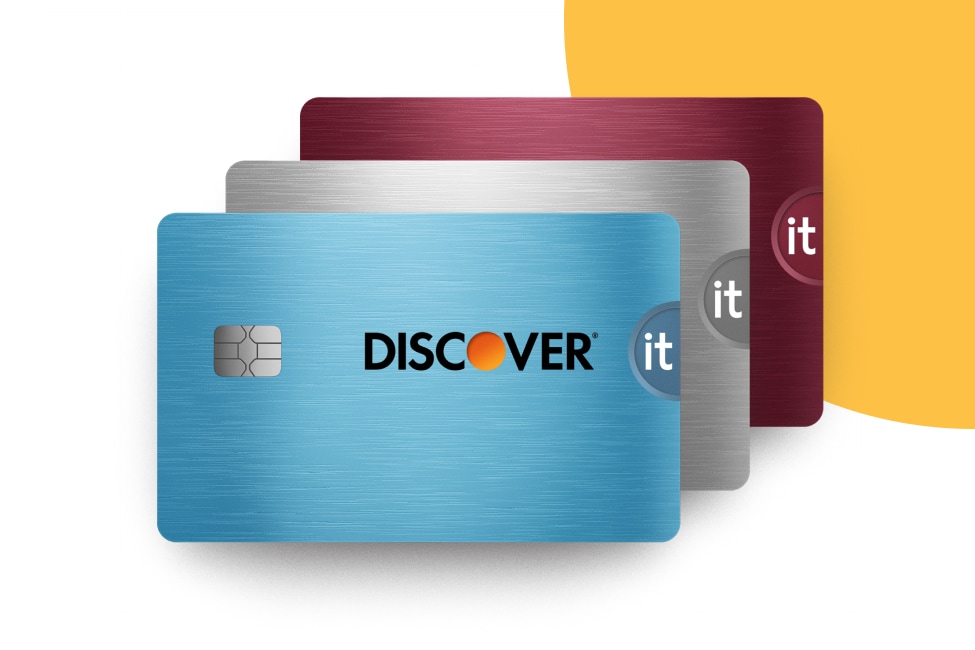
You may have heard that you should look for a credit card with a low APR, which stands for “annual percentage rate”. It’s good advice, but what does it mean, exactly? The APR on your credit card or loan determines how much interest you pay for borrowing money. Interest is one way that lenders like banks, credit unions, and credit card issuers make money.







